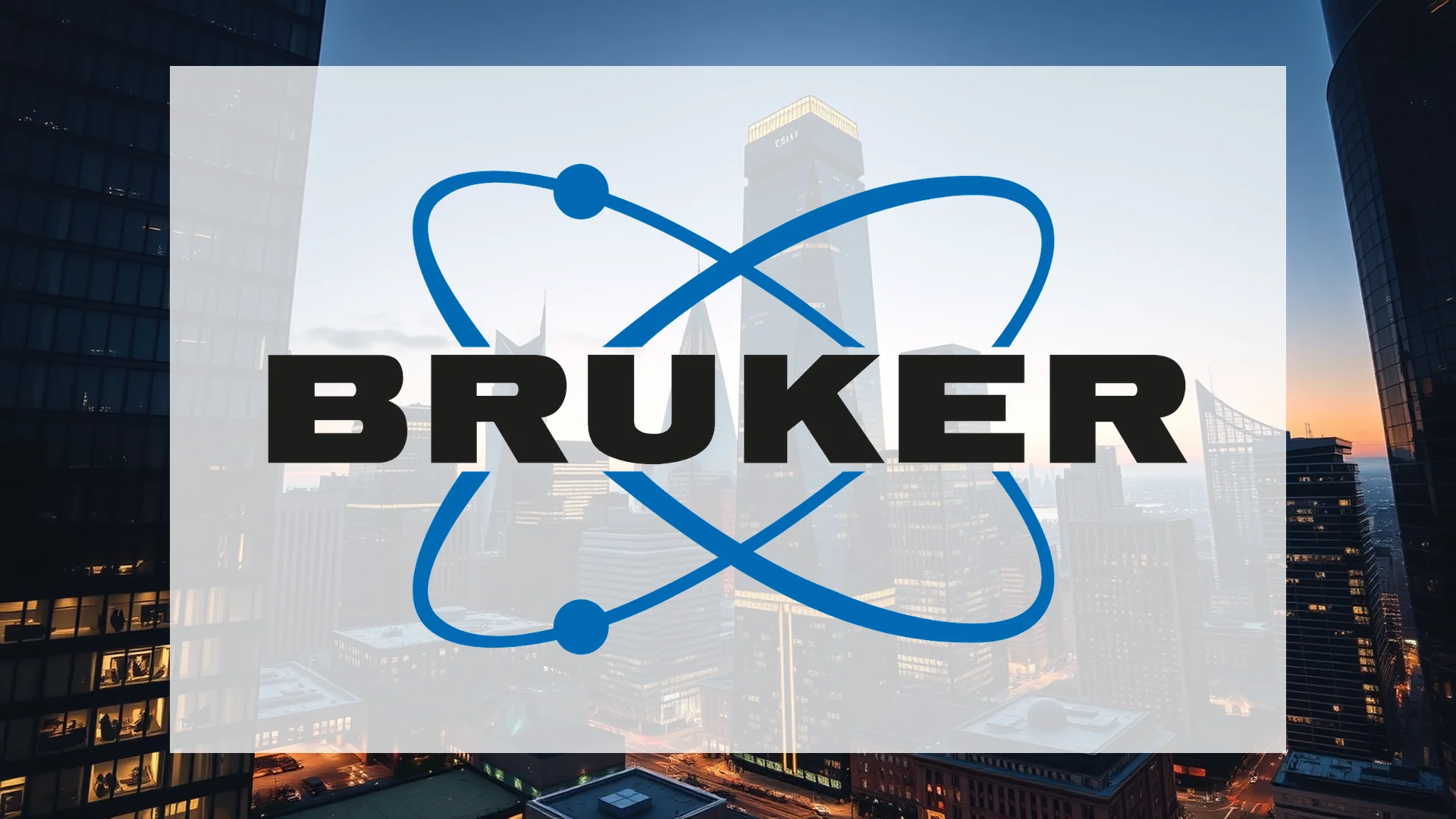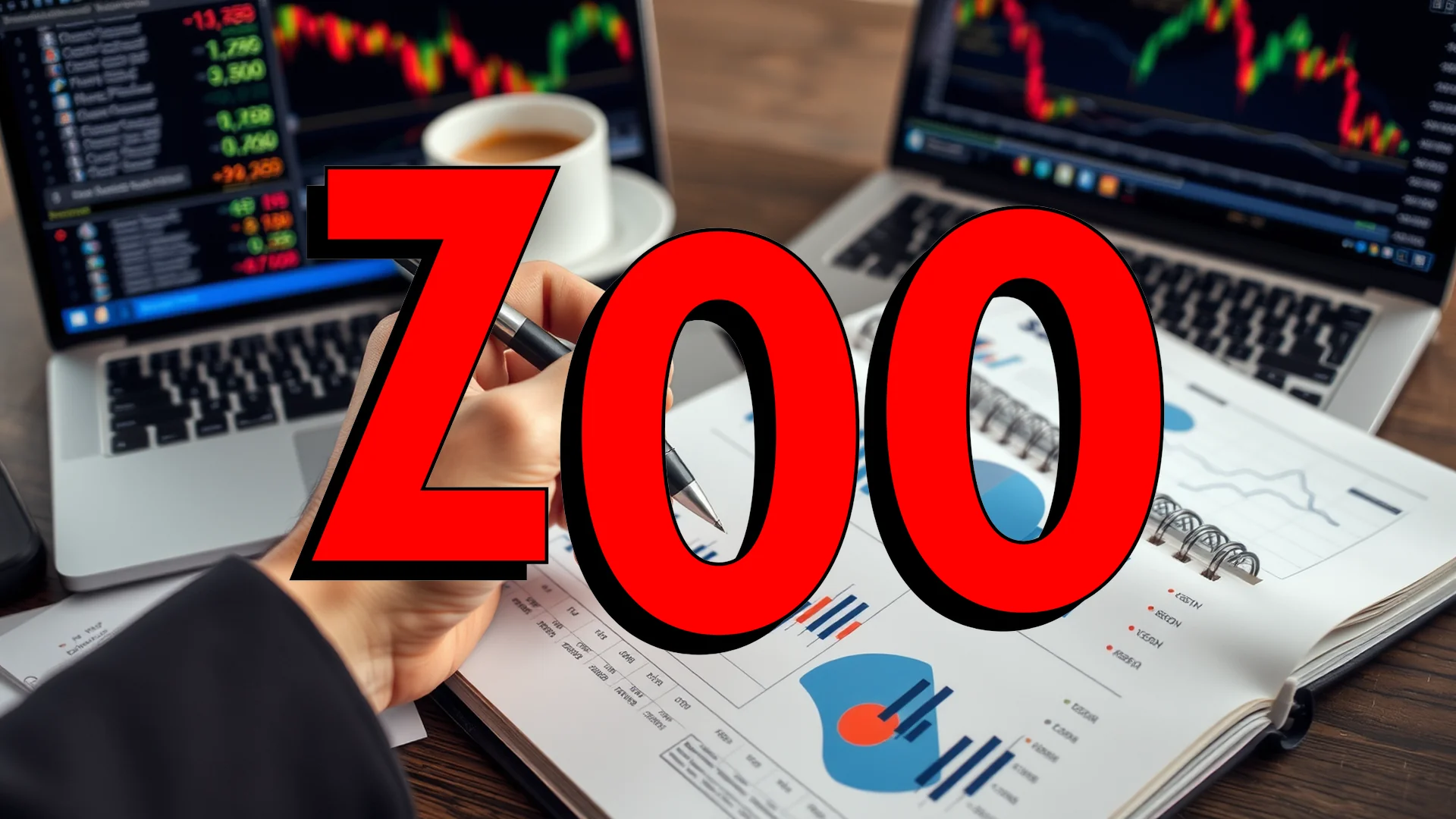Investors in Bruker Corporation were taken by surprise when the instrument and diagnostics manufacturer announced a substantial capital raise, sending its shares plummeting to a new annual low. The move, aimed at strengthening the company’s balance sheet, has instead triggered concerns over significant shareholder dilution and raised questions about the stock’s near-term prospects.
Strategic Shift Amid Financial Pressure
In early September, Bruker initiated a public offering of convertible preferred stock with a total value of $600 million. Management stated that the net proceeds would be used primarily to fully repay a term loan due in December 2026 and to reduce outstanding balances on the company’s revolving credit facilities. This effort targets Bruker’s substantial debt load, which currently stands at $2.38 billion.
However, the structure of this offering has alarmed current shareholders. Each preferred share becomes convertible into up to 8.5 common shares starting in September 2028, creating the potential for considerable dilution of existing equity stakes.
Market Reaction and Annual Performance
The financial markets delivered a swift and severe verdict following the announcement. Bruker’s stock price collapsed by as much as 13% in subsequent trading, hitting a new 52-week low of $28.53 per share. This dramatic sell-off has extended what has already been a difficult year for shareholders, with the stock having lost more than half of its value since January.
This negative response reflects investor dissatisfaction with both the unexpected nature of the capital raise and the potential erosion of shareholder value through dilution.
Should investors sell immediately? Or is it worth buying Bruker?
Underlying Financial Challenges
Recent quarterly results had already signaled underlying weaknesses in Bruker’s financial position. The company’s second-quarter report, published in late July, revealed a 7% decline in organic revenue. Adjusted earnings per share decreased by $0.19 compared to the same period last year.
Perhaps most concerning was the negative free cash flow of nearly $150 million, which indicated liquidity constraints even before the announcement of the new capital measure.
In response to these challenges, Bruker management has implemented a stringent cost reduction program. The company aims to achieve annual savings of $100 to $120 million by 2026. Additionally, Bruker has revised its 2025 outlook downward, now projecting essentially flat revenue and a mid-teens percentage decline in earnings, abandoning previous growth expectations.
The critical question for investors remains whether these measures will be sufficient to restore confidence in Bruker’s equity story, or if the company faces an extended period of financial restructuring.
Ad
Bruker Stock: Buy or Sell?! New Bruker Analysis from December 19 delivers the answer:
The latest Bruker figures speak for themselves: Urgent action needed for Bruker investors. Is it worth buying or should you sell? Find out what to do now in the current free analysis from December 19.
Bruker: Buy or sell? Read more here...











